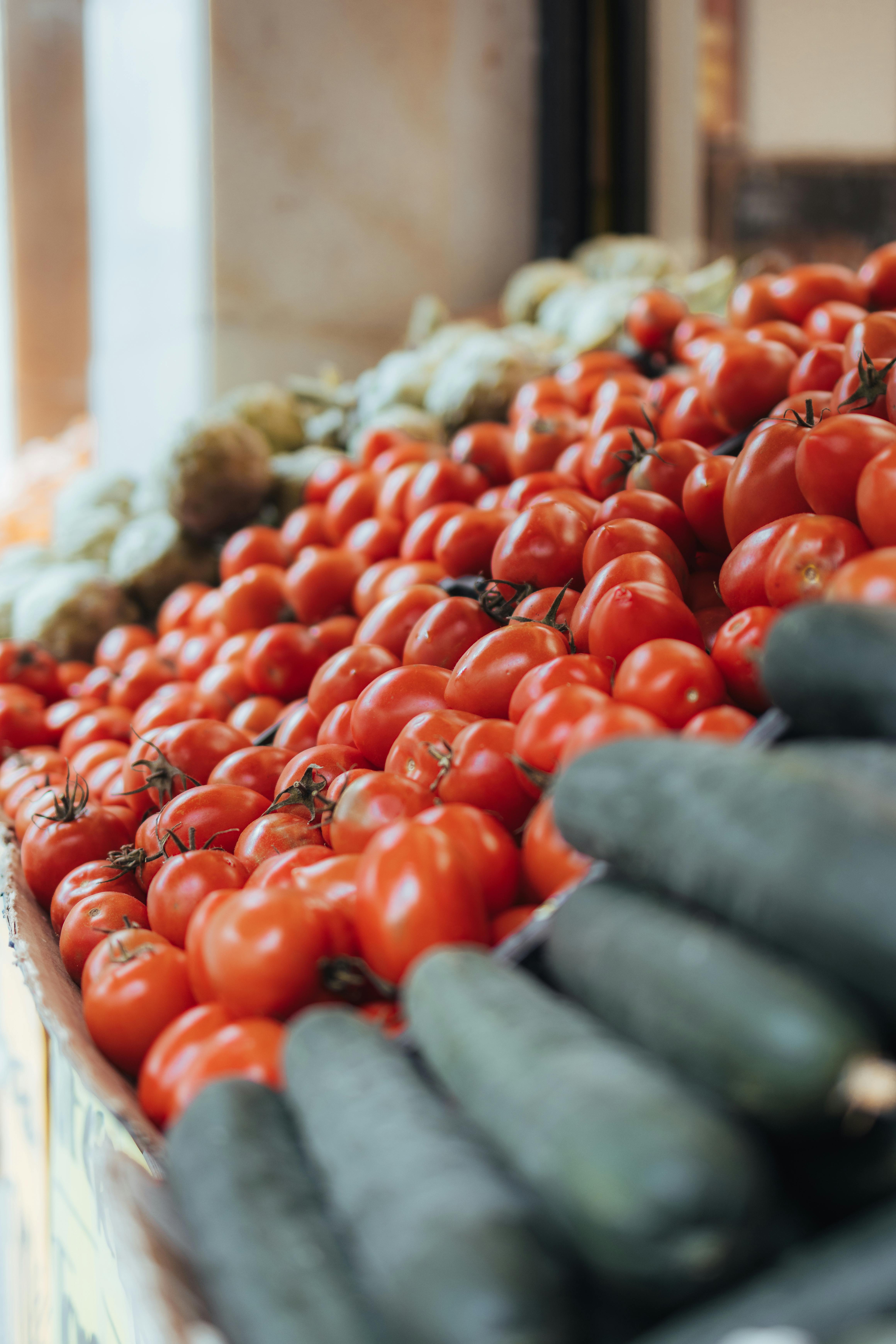Aligning Menus with Seasonal Harvests for Consistent Supply
Aligning menus with seasonal harvests helps kitchens stabilize supply, reduce costs, and highlight local flavors. By planning around predictable harvest windows and working closely with suppliers, foodservice operators can avoid sudden shortages and maintain menu variety. This approach supports procurement planning, preserves nutritional value, and strengthens relationships with farmers and distributors across the supply chain.

How does seasonality affect supply and menu planning?
Seasonality determines what is abundant, when prices fluctuate, and how predictable inventory will be. Chefs and procurement teams who map harvest calendars can synchronize menu cycles with peak availability, reducing reliance on imports or greenhouse-grown alternatives. This leads to more stable ordering patterns, fewer last-minute substitutions, and clearer expectations for both kitchen staff and suppliers. Anticipating seasonal shifts also allows beverage programs to pair drinks with available produce, keeping both menu cohesion and supply consistency in view.
What sourcing and traceability practices support consistent procurement?
Sourcing decisions influence how resilient a supply chain will be when harvests vary. Prioritizing multiple local suppliers, season-based contracts, and cooperative purchasing arrangements enhances traceability and provides backup options during shortfalls. Systems that track origin, harvest dates, and handling practices help kitchens verify safety standards and respond quickly to contamination or recall events. Traceability also helps maintain consistent quality, enabling procurement teams to forecast needs more accurately and negotiate terms that reflect seasonal realities.
How can menu and culinary design embrace seasonal change?
Culinary teams can design modular menus that swap components rather than overhaul entire dishes. Using a core protein or preparation method with interchangeable seasonal sides, sauces, or garnishes lets a menu remain cohesive while responding to availability. Beverage offerings can mirror this flexibility by featuring rotating fruit or herb elements. Training front-of-house staff to explain seasonal items improves guest perception and reduces pressure to stock out-of-season ingredients that strain procurement and inventory systems.
What procurement and inventory strategies reduce disruption?
Effective procurement balances long-term agreements with flexible, short-term sourcing to respond to harvest variability. Techniques such as safety stock levels for staple items, staggered deliveries, and demand-led ordering informed by historical consumption help limit waste and stockouts. Inventory management software that integrates vendor lead times and seasonality data allows teams to set reorder triggers aligned with harvest cycles. Regularly reviewing usage patterns and supplier performance supports smarter forecasts and steadier supply across peak and off-peak periods.
How does sustainability and waste management tie into seasonal menus?
Aligning menus with seasonal harvests can lower food miles and energy use while promoting sustainable sourcing practices. Planning dishes around abundant produce reduces the need for resource-intensive greenhouse or imported items and minimizes spoilage. Kitchens can convert surplus into preserved ingredients, stocks, or curated beverage infusions to extend value. Tracking waste streams and incorporating traceability data supports targeted waste-reduction initiatives, helping culinary operations meet sustainability goals without compromising menu quality or supply reliability.
What nutrition and safety considerations matter with seasonal sourcing?
Seasonal ingredients often offer peak nutritional value and flavor, but safety and consistency remain essential. Proper handling, cold chain oversight, and verification of farmer practices protect against contamination risks that can fluctuate with harvest conditions. Nutrition labeling and menu transparency benefit from knowing exact produce varieties and harvest methods. Integrating supplier safety certifications and routine audits into procurement routines ensures seasonal choices contribute positively to both menu nutrition and guest safety.
Conclusion Aligning menus with seasonal harvests brings operational benefits across procurement, inventory, and culinary design. By embedding seasonality into sourcing strategies, investing in traceability and flexible menu structures, and adopting responsible waste and safety practices, foodservice operators can achieve more consistent supply and more engaging menus. The result supports sustainability goals, reinforces local partnerships, and helps kitchens deliver reliable, nutritionally sound offerings throughout the year.





